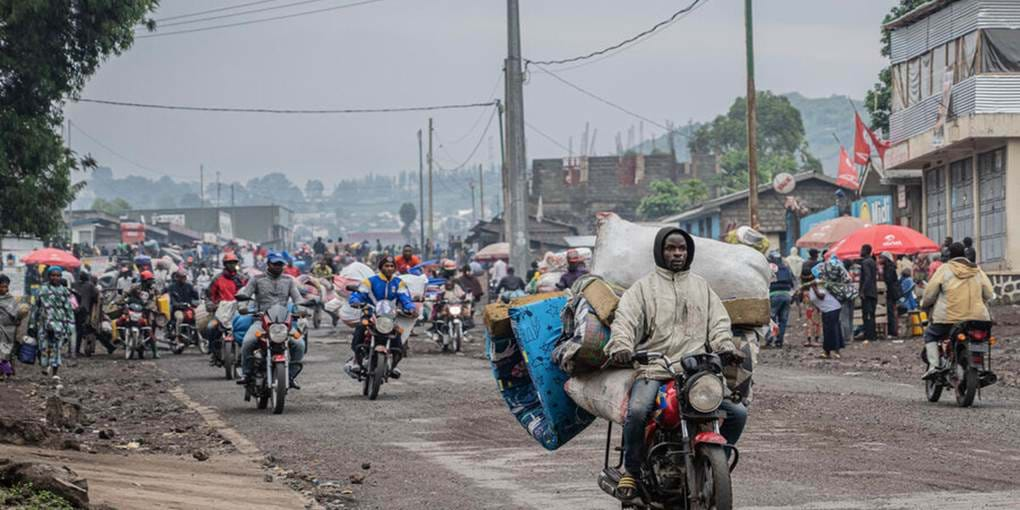In the first month of operation, 490 people identified by our analysis received, within a week of their displacement, aid directly through their mobile phone so that they could continue supporting their families as they fled conflict-affected zones in the Democratic Republic of the Congo.
With background and expertise in AI/ML, statistical and big data models to improve mobility and displacement estimations, our team developed a new anomaly detection method using mobile phone usage metadata to rapidly detect groups of likely displaced people, on a daily basis, while preserving the privacy of subscribers. Using this analysis, partner GiveDirectly then delivered cash transfers remotely to civilians displaced just a few days after violent incidents in North and South Kivu, two of the provinces that have been most affected by the conflict between the government and the M23 armed group.
This method speeds up cash transfer from ~100 days to under 10 days. It can reach displaced civilians about 10x faster than the traditional cash transfer programmes, and identify and reach those who may not have been reachable using traditional on the ground methods due to inaccessibility and insecurity.
In the first five months, the new method has been used to enroll over 5,700 recipients and support over 5,300 displaced families with rapid cash assistance. The fastest assistance was sent within six days of a security incident causing displacement.
Our model relies on the assumption that displaced subscribers will move in larger numbers after an incident compared to routine mobility.
It identifies areas affected by a crisis by detecting abnormal surges in subscriber movement. Once these detections are validated, we send the list of affected areas, with dates and estimated number of departures, to the operator, who provides GiveDirectly with the telephone numbers and identification to contact them. GiveDirectly then remotely enrolls eligible individuals for cash transfers.
Humanitarian assistance often takes several weeks to be delivered, whether cash or in-kind, because it usually requires on-the-ground access. In addition, many affected people may not be visible to on-the-ground teams depending where they have moved to and are therefore excluded. This phone-based cash transfer programming approach, called MobileAid, provides a dynamic and impactful complement and alternative to existing modes for targeting humanitarian support.
The biggest advantage of this approach is its speed. In crisis situations, days matter — and our recipients tell us that the cash arrives when they have nothing to feed their families. In areas that remain physically inaccessible to humanitarian actors, this remote model allows us to reach displaced people quickly and securely, using mobile data and technology to overcome the usual barriers of distance, conflict, and delay.
— Marie Sophie Pocha, DRC Programme Director for GiveDirectly.
Our method rapidly detects population displacement through group mobility patterns, while upholding strict privacy standards. It shows strong potential for remote cash transfers and humanitarian crisis response more broadly, and we hope it will inspire broader adoption to support those in need, in DRC or elsewhere.
— Véronique Lefebvre, Director of Data Analysis at Flowminder.
Together with GiveDirectly, we are demonstrating that remote targeting and enrollment of displaced people into cash transfer programming is possible.
We offer a promising path to tackle delivery of humanitarian assistance, one that can be particularly valuable in situations of limited access, with dispersed populations, and in complex evolving security situations.
Read the full case study here:
Photo credit (banner): WFP/Moses Sawasawa
